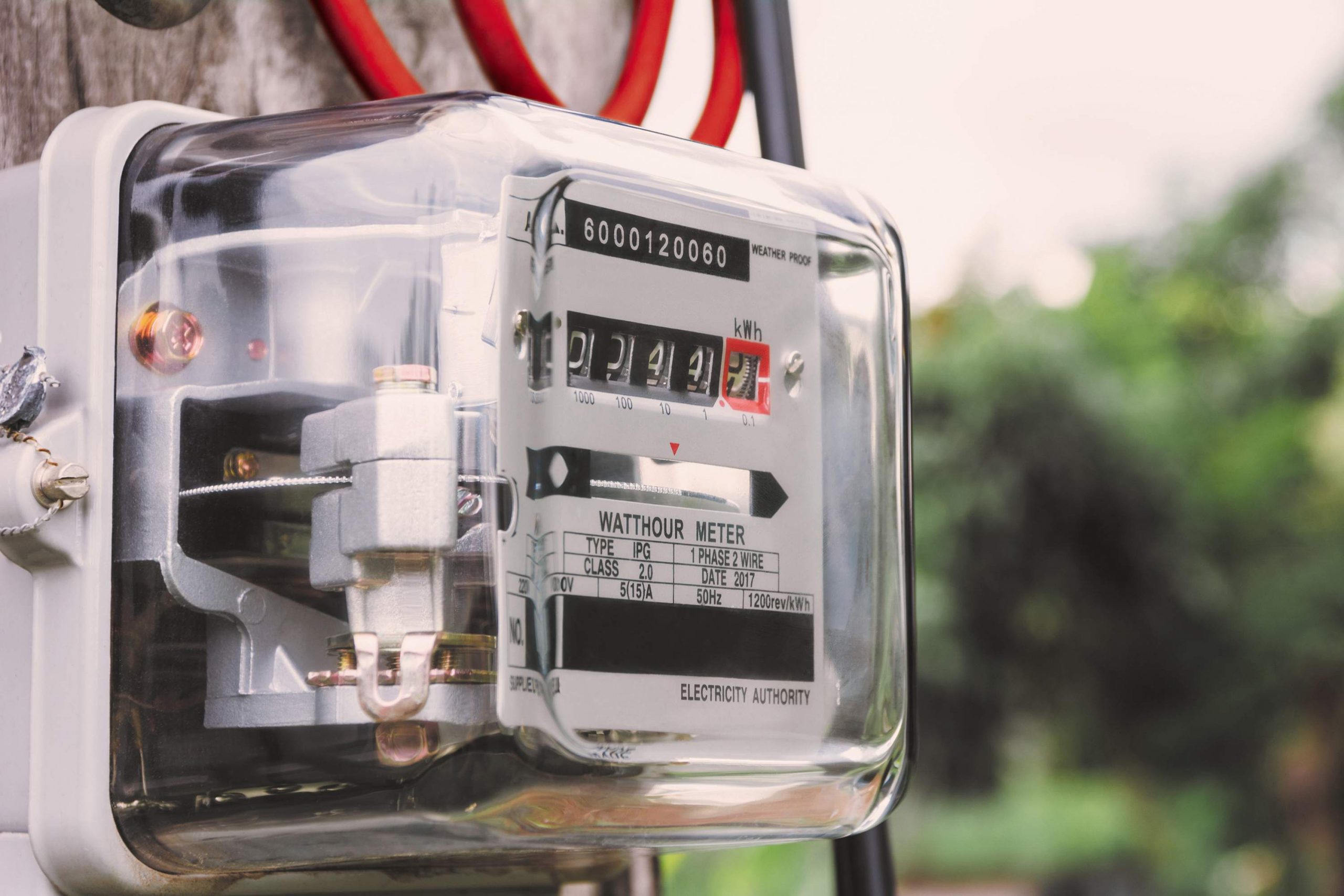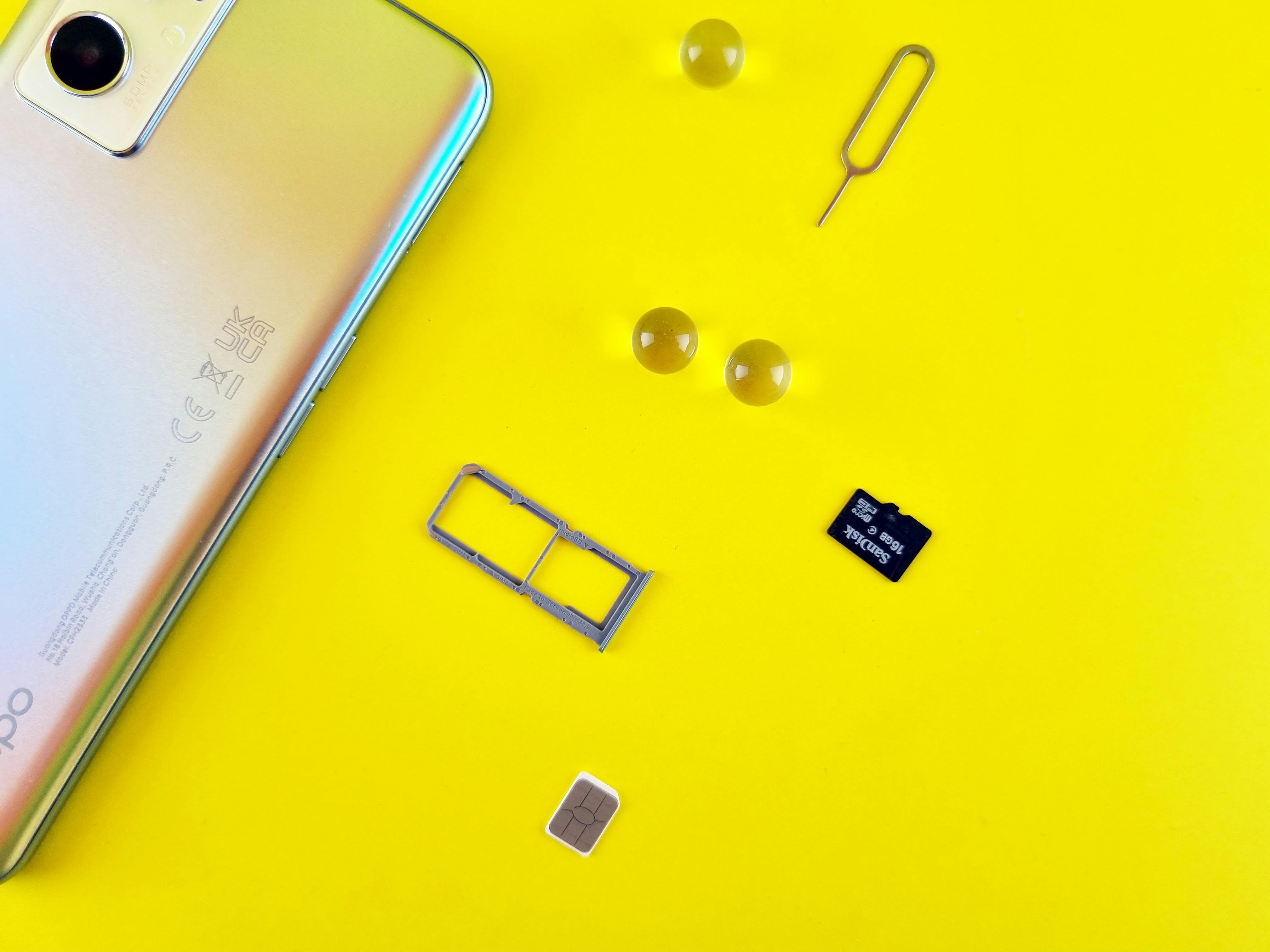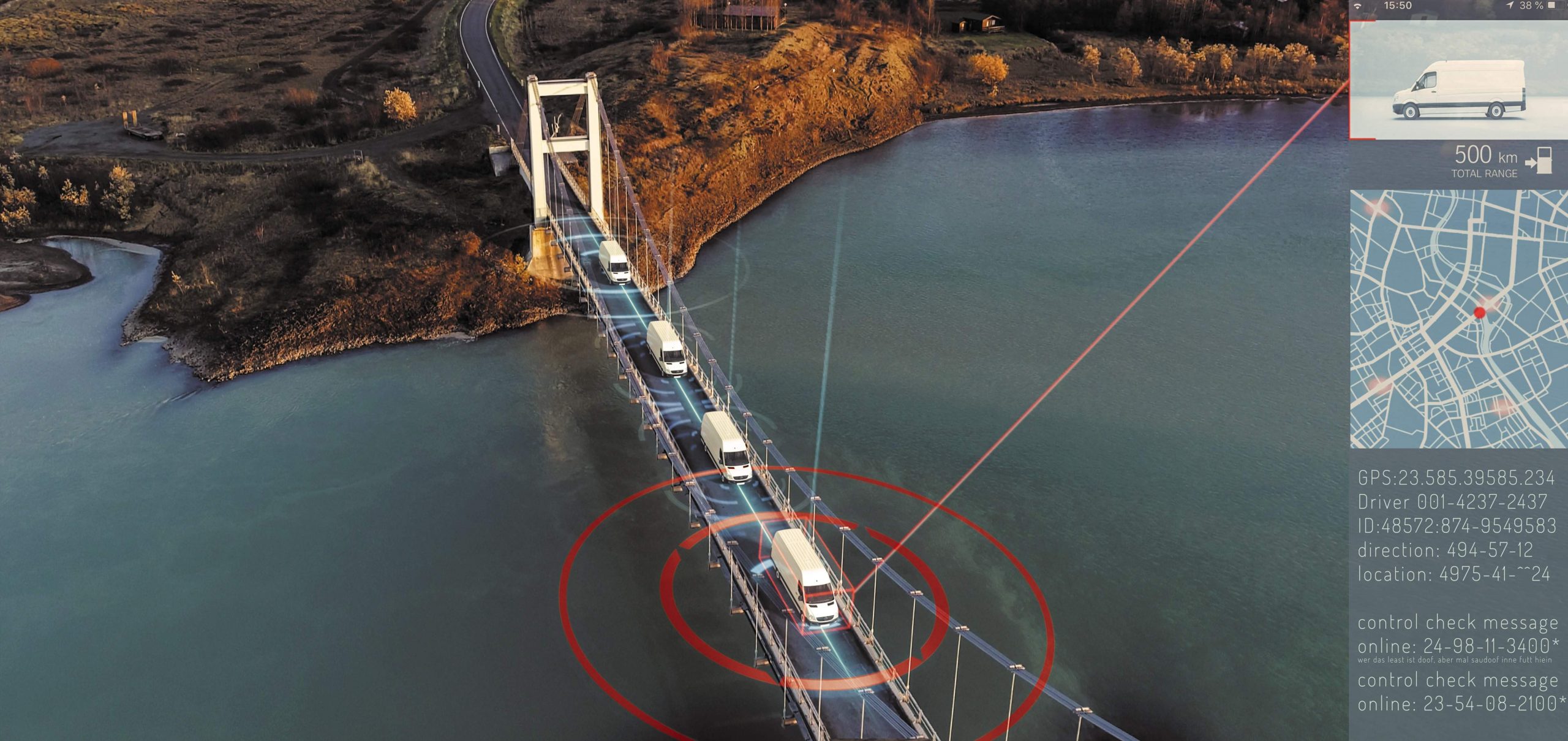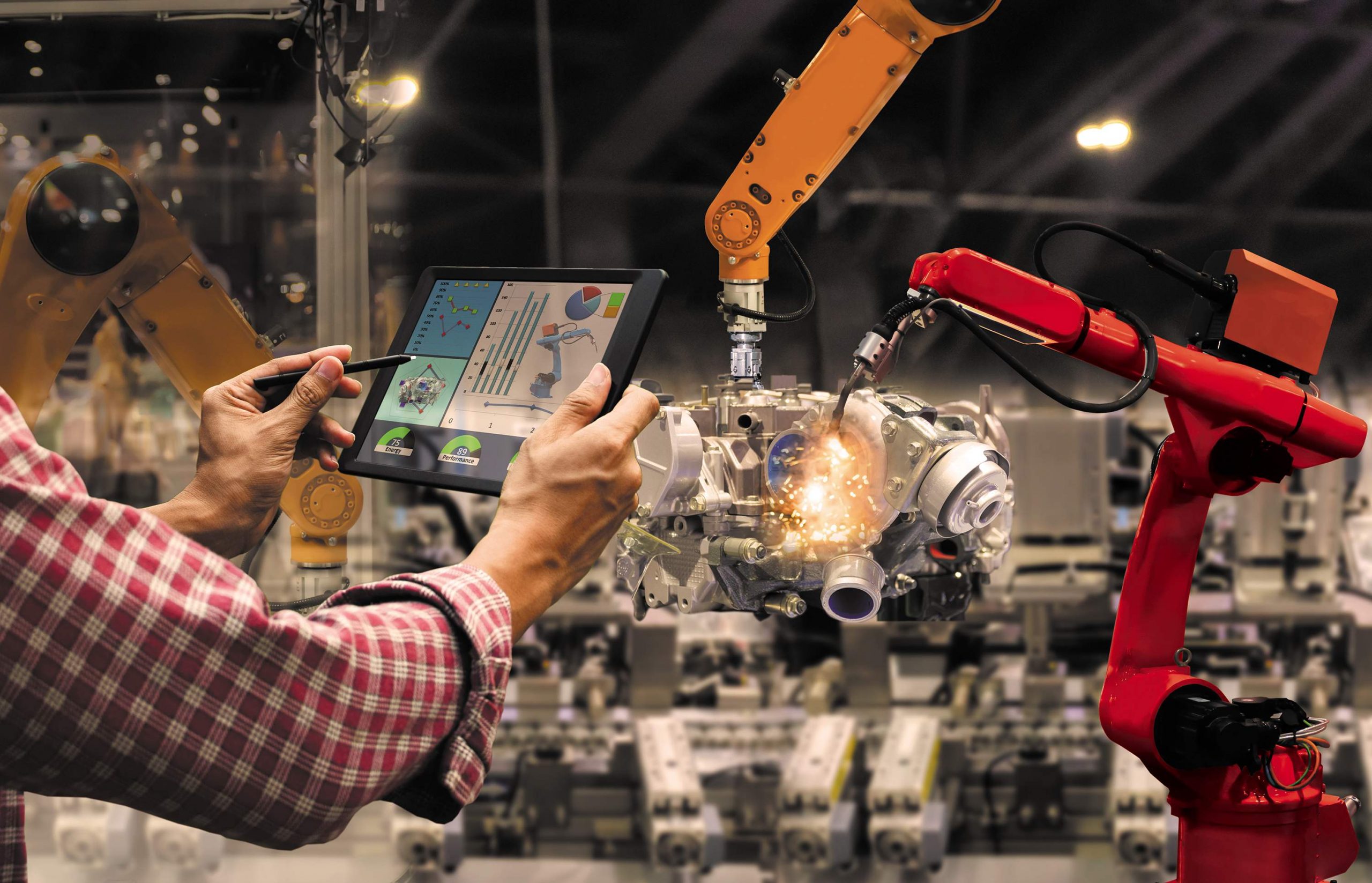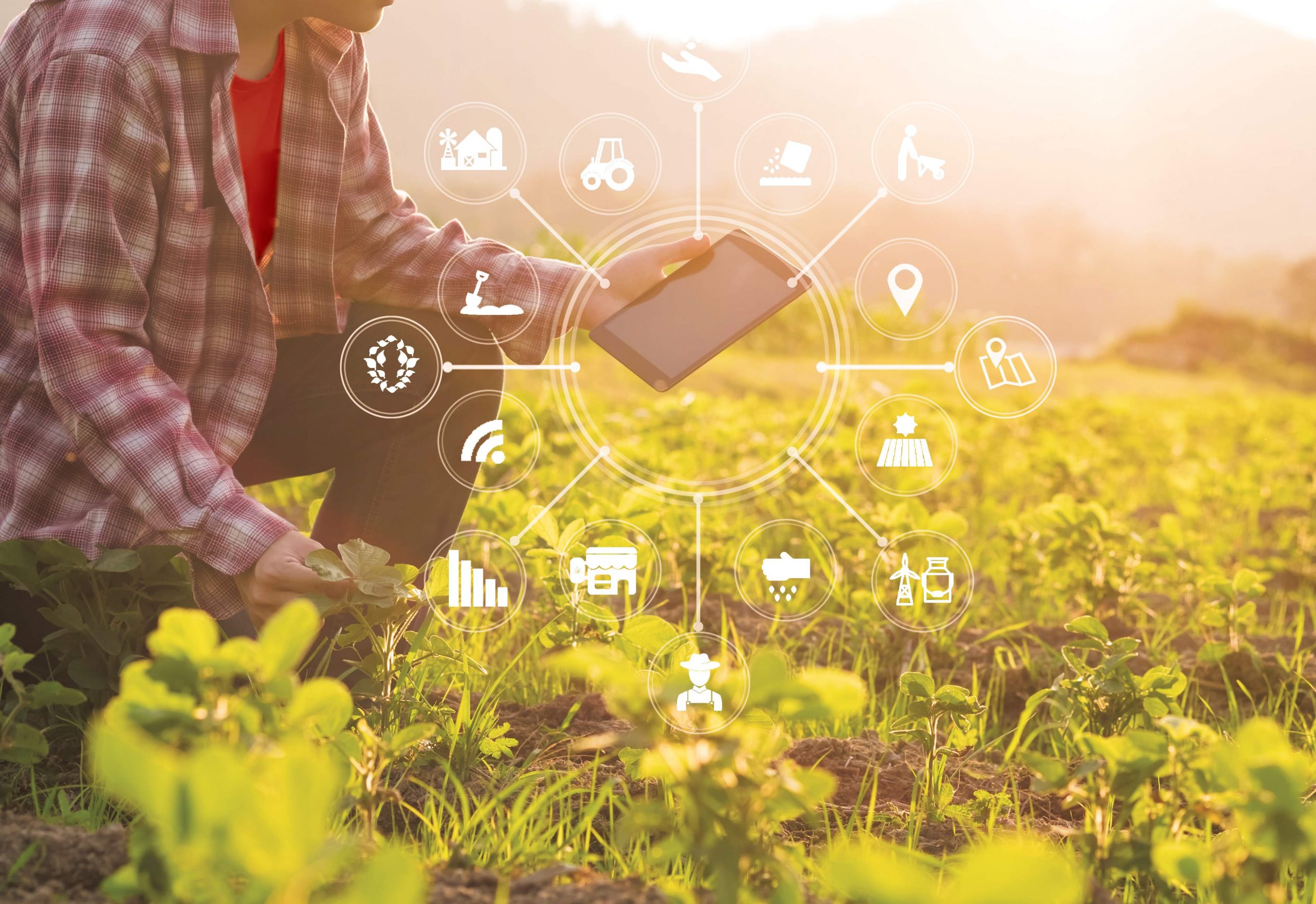Real-Time Weather Reporting System Using IoT: Benefits & Use Cases
-
March 8, 2022
-
6 min read
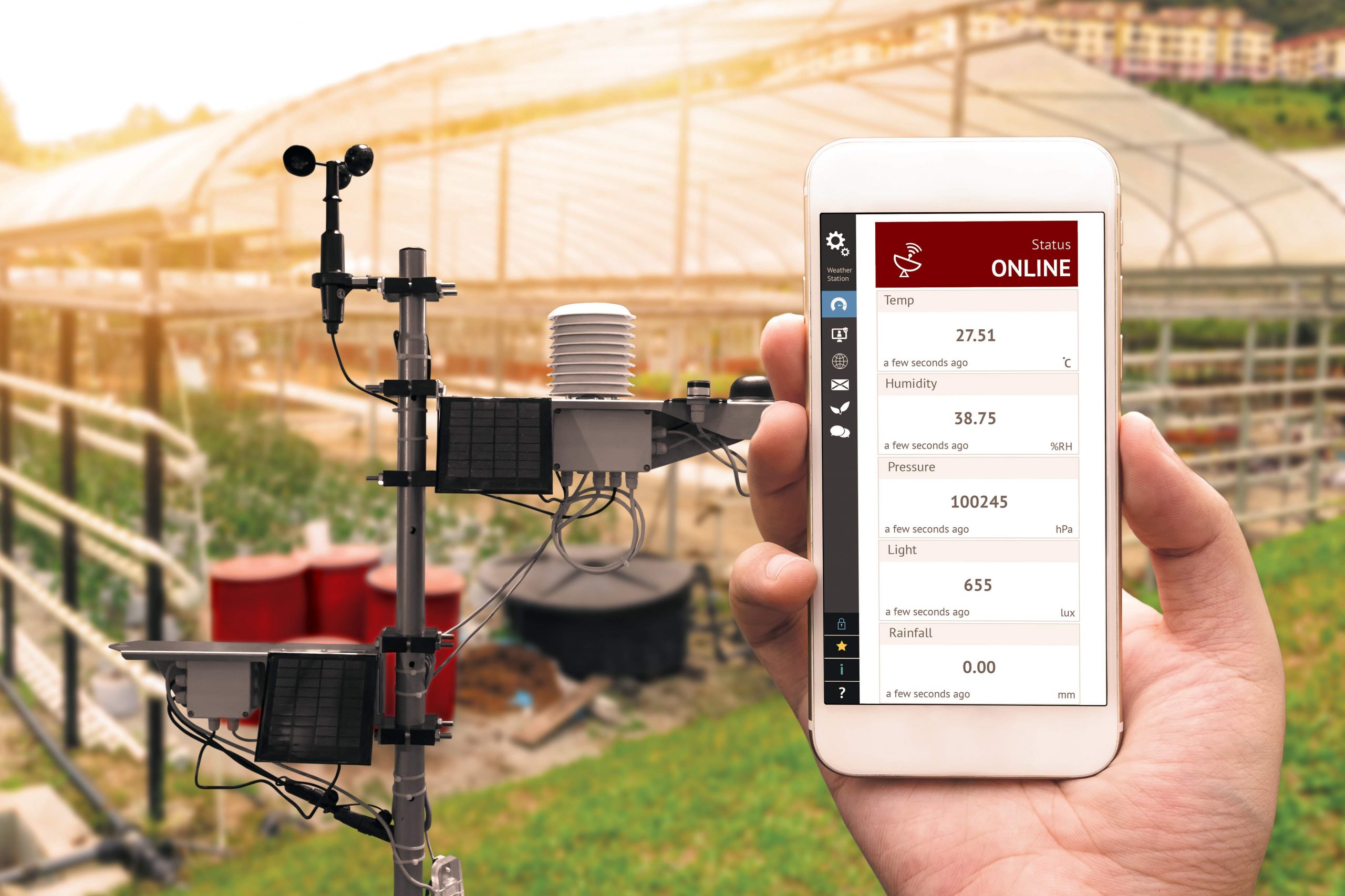
The Internet of Things (IoT) has revolutionized how we live and work and has also introduced new possibilities in weather monitoring.
Traditional weather reporting systems rely on manual data collection methods, which can be time-consuming and prone to errors.
With IoT technology, real-time weather data can be collected, analyzed, and transmitted wirelessly, providing accurate and timely information for various use cases.
Role of an IoT System in Weather Monitoring
Due to unpredictable weather conditions caused by rapidly changing climate, the Weather Reporting System monitors and regulates weather in different areas like homes, industry, and agriculture. A smart environment has sensor devices, microcontrollers, and software applications, enabling autonomous monitoring and protection.
IoT devices, like sensors and weather stations, can be strategically placed in different areas. They collect data on temperature, humidity, wind speed, precipitation, and other weather parameters. These devices wirelessly transfer data to a central location for processing and analysis.
Some of the ways IoT plays a key role in weather monitoring systems are:
- Real-time Data Collection: Traditional data collection methods can be slow and labour-intensive. With IoT, sensors can collect real-time data continuously, providing a more accurate picture of the weather conditions.
- Cost-effective: IoT devices are relatively low-cost compared to traditional weather monitoring equipment. This makes it easier for organizations to deploy multiple sensors in different locations for comprehensive weather monitoring.
- Remote Monitoring: IoT enables remote weather monitoring, eliminating the need for physical visits to collect data. This is especially useful in extreme weather conditions or hard-to-reach areas.
- Data Analytics: With a large amount of real-time data, advanced analytics can be applied to identify patterns and trends in weather data, providing more accurate weather predictions.
- Early Warning Systems: IoT can also set up early warning systems for extreme weather events, such as hurricanes, tornadoes, or floods. This allows authorities and individuals to take necessary precautions and mitigate potential damage.
Weather Monitoring System with IoT Block Diagram
Applications are categorized into two types: Event Detection-based and Spatial Process Estimation. At the heart of the ecosystem lies a microcontroller, such as Arduino UNO or ESP8266, serving as the central hub. It orchestrates the connectivity of various sensors (such as humidity and temperature sensors) and devices, acting as the brain of the entire system.
The collected data is promptly transmitted to the web server after establishing a stable connection between the server and strategically placed sensor devices. Wi-Fi modules like Node-MCU are used to upload and store the processed sensor data on a website, serving as a reliable database.
- The web server page allows us to observe and manage the system.
- It provides data on moisture, temperature, and CO levels in the location of the embedded monitoring device.
- The gathered data is stored in the cloud.
- Cloud data can be used to analyze parameters and maintain continuous monitoring.
- Regular air temperature, humidity, and carbon monoxide levels are recorded.
- All information is stored in the cloud, allowing us to monitor temperature, humidity, and CO levels remotely and at any time.
Areas Benefit from Weather Forecasting System with IoT
Agriculture Sector
Weather forecasts help farmers make well-informed decisions on crop selection, watering schedules, and pest control. Farmers can receive accurate soil moisture levels and plant growth data with real-time monitoring, ensuring optimal crop yield.
Transportation
Real-time weather monitoring is crucial for transportation industries to avoid delays or accidents caused by extreme weather conditions. Using IoT-based sensors on vehicles and roads, transportation companies can track road conditions and plan routes accordingly.
Disaster Management
IoT-based weather monitoring systems can help predict natural disasters like hurricanes, floods, and snowstorms. With accurate data, authorities can issue timely warnings and take necessary precautions to minimize damage.
Urban Planning
City planners can benefit from real-time weather data to better manage resources and infrastructure. For instance, with advanced warnings of heat waves or heavy rainfalls, they can prepare emergency services accordingly and prevent potential disasters.
Tourism
Weather plays a significant role in tourism, and real-time weather monitoring can greatly enhance the experience for travellers. Accurate weather forecasts allow tourists to plan their activities accordingly, making their trip more enjoyable and hassle-free.
Healthcare
Real-time weather data is crucial for healthcare facilities to prepare for extreme temperatures or natural disasters. With IoT-based sensors, hospitals can monitor indoor and outdoor temperatures, humidity levels, and air quality to maintain a safe patient environment.
Types of Sensors Involved in Weather Monitoring
Weather monitoring systems utilize a diverse range of electronic sensors, which vary depending on the specific application.
For example, farmers require information on various factors such as temperature, relative humidity, soil moisture, and rainfall to improve crop production. They rely on specific types of sensors to collect this data. Some of the such sensors are:
- Temperature sensor: Measures the ambient temperature.
- Humidity/hygrometer sensor: Detects and measures the humidity level in the environment.
- Soil moisture sensor: Monitors the moisture content in the soil.
- Rain sensor: Detects and measures the presence and intensity of rainfall.
Another example can be an airplane pilot who must gather crucial information such as wind speed, wind direction, atmospheric pressure, precipitation, and visibility before taking off. To obtain these vital details, pilots rely on a variety of sensors.
- Barometric sensor: Measures atmospheric pressure.
- Anemometer: Measures wind speed.
- Rain sensor: Detects and measures rainfall.
- Visibility sensor: Measures visibility during adverse weather conditions such as snow, rain, and storms.
Future of IoT-based Weather Monitoring System
With the increasing adoption of IoT in various industries, including weather monitoring, we can expect to see more advanced and innovative solutions. Some possible developments include:
- More accurate forecasting: Technology and data analytics advancements will enable IoT-based weather monitoring systems. These systems will provide even more accurate forecasts.
- Integration with other systems: IoT-based weather monitoring systems can be integrated. These systems include smart homes and smart cities, enhancing their capabilities. For example, a smart home could adjust its temperature settings based on real-time weather data.
- Machine learning: Using machine learning algorithms, IoT-based weather monitoring systems can continuously learn from past data. This enables them to improve their forecasting abilities over time.
- Enhanced disaster management: With the help of IoT-based sensors, disaster management authorities can receive real-time data about weather conditions. This enables them to take necessary precautions to protect the public.
- Personalized alerts: Individuals can receive personalized weather alerts with IoT-based weather monitoring systems. These alerts are based on location and preferences, enabling better planning and ensuring safety.
The utility and potential of IoT technology in weather monitoring are immense and continue to grow with time. We can drastically increase efficiency and productivity by implementing IoT-based weather monitoring systems across various sectors while reducing risks associated with unpredictable weather patterns.
Conclusion!
IoT systems provide farmers with precise soil moisture and climate data, enhancing crop management and mitigating weather-related risks.
In extreme environments, such as volcanoes or rainforests, IoT weather stations continually monitor and report conditions, supplying vital data for safety and research. The increasing volatility of our global climate highlights the importance of advanced, real-time monitoring systems.
With IoT advancements, organizations now analyze the impact of weather on operations and use advanced analytics to mitigate its effects on business. Explore how Airtel IoT solutions are serving various industries worldwide.
 Share
Share

